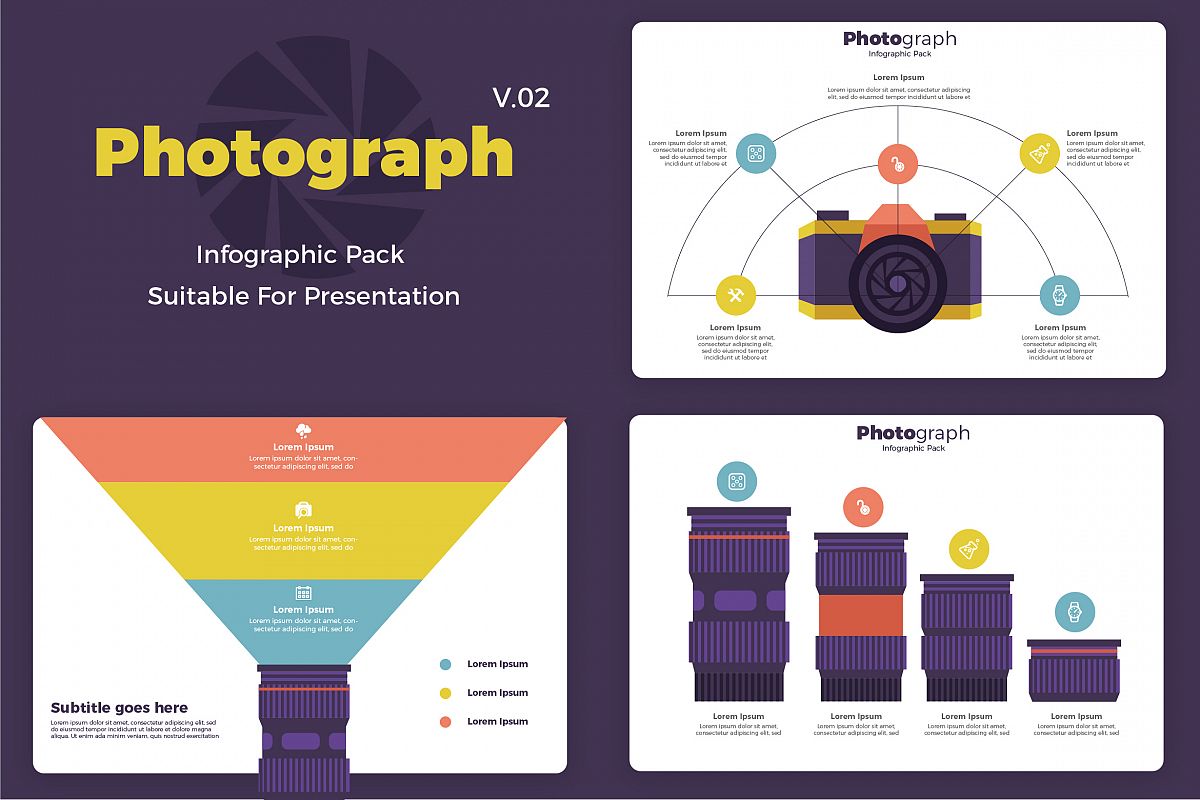Change Your Photography By Understanding Lights Methods That Can Raise Your Pictures-- Discover The Typical Challenges That Could Be Holding You Back
Change Your Photography By Understanding Lights Methods That Can Raise Your Pictures-- Discover The Typical Challenges That Could Be Holding You Back
Blog Article
Post Composed By-Rogers Godwin
As a photographer, you know that lighting can make or damage your images. Comprehending the subtleties of both all-natural and man-made light is crucial for recording the mood and quality you aim for in your work. Whether you're going after the excellent gold hour glow or adjust your artificial configurations, grasping these elements can boost your digital photography considerably. But there prevail mistakes that lots of ignore, and identifying them can change your method to every shoot. Allow's explore what you could be missing out on and just how it can impact your results.
Understanding All-natural Light
Understanding natural light is critical for any kind of photographer wanting to boost their job. It's the structure of great photography, influencing mood, tone, and clearness. When you shoot outdoors, take notice of the time of day. The golden hour-- quickly after dawn and before sundown-- provides soft, warm light that can change common scenes into spectacular pictures.
Do not undervalue the power of cloudy days. Cloud cover diffuses sunlight, creating a soft, also light that's excellent for portraits and macro photography. You'll find shades pop in this kind of illumination without rough darkness.
Placing matters, also. Constantly consider your subject's positioning to the source of light. If the sun's behind your subject, you may wind up with a shape, which can be remarkable but mightn't be what you want. Conversely, straight sunlight can develop unflattering darkness.
Try out angles; in some cases, altering your viewpoint can yield outstanding outcomes. Use natural reflectors, like water or sand, to jump light onto your subject, including dimension.
Learning Artificial Light
Understanding fabricated light is crucial for digital photographers who intend to take their skills to the next degree. Whether you're utilizing speedlights, workshop strobes, or continuous lights, understanding just how to manipulate these resources can significantly improve your photos.
Beginning by acquainting yourself with the basics of light top quality, direction, and shade temperature level. Explore different modifiers like softboxes, umbrellas, or grids to regulate the softness or violence of the light.
You'll find that soft light typically develops complementary outcomes, while harsher light can include dramatization and deepness. Do not avoid darkness; they can enhance the three-dimensionality of your subjects.
Pay close attention to the positioning of your lights. A light located too near to your topic can create unflattering outcomes, while as well far away can result in a lack of information. Utilize a light meter or your electronic camera's pie chart to ensure you're exposing correctly.
Last but not least, bear in mind that synthetic light can be mixed with ambient light for imaginative impacts. Stabilizing these sources could take technique, once you grasp it, your photography will absolutely beam.
Techniques for Different Situations
When you step into different capturing scenarios, adapting your lights techniques is critical for capturing the very best pictures. For outdoor pictures, utilize the golden hour-- morning or late afternoon light-- to soften darkness and boost skin tones.
If it's a severe lunchtime sun, think about utilizing a reflector to bounce light back onto your subject or seek shaded locations for an extra also direct exposure.
In low-light scenarios, like interior events, enhance your ISO and make use of a wide aperture to allow in more light. A tripod can help get rid of cam shake, permitting longer direct exposures without obscuring.
If you're shooting at night, explore off-camera flash to develop dynamic lighting and deepness in your photos.
For item digital photography, make use of diffused illumination to avoid extreme reflections. simply click the up coming site or light tents can aid accomplish this result.
When photographing landscapes, think about the instructions of light and time of day, as it can substantially alter the state of mind of your shot.
Always be ready to adjust your settings and placing based on the situation, as adaptability is crucial to grasping lights in photography.
Conclusion
To conclude, understanding illumination is crucial to boosting your digital photography skills. Embrace just click the following web site -natural light's appeal during gold hour, and do not avoid experimenting with man-made light techniques. By adapting your method to different circumstances, you'll capture stunning images that reverberate with feeling and clearness. Keep in mind, the ideal illumination can change an average shot into something amazing, so keep practicing and fine-tuning your understanding of both natural and artificial light. Delighted capturing!
